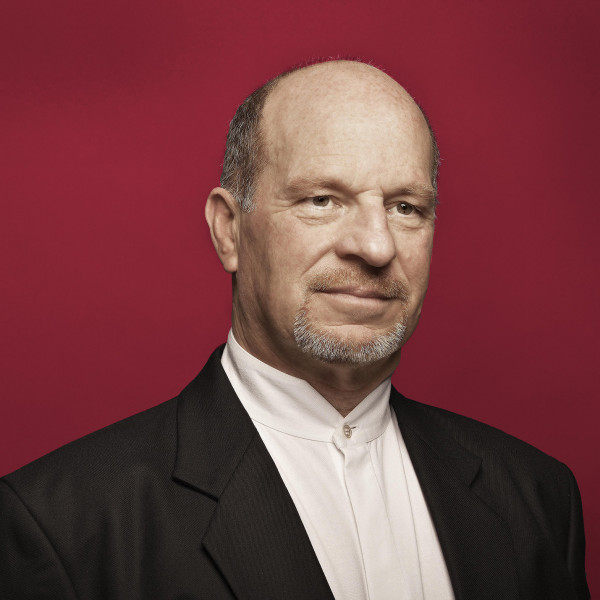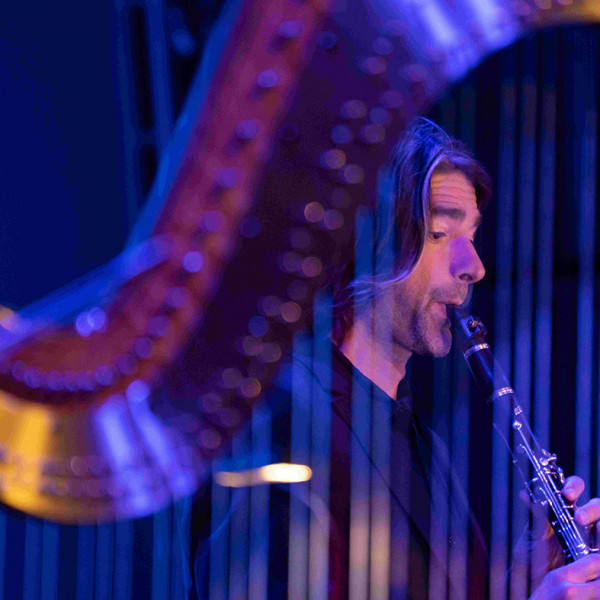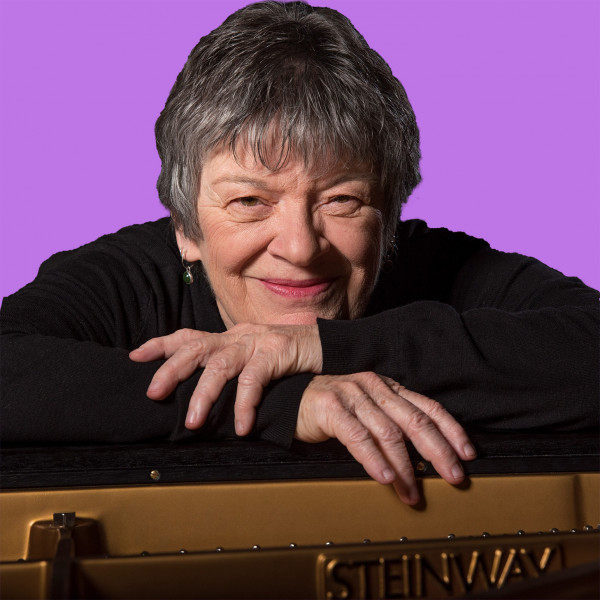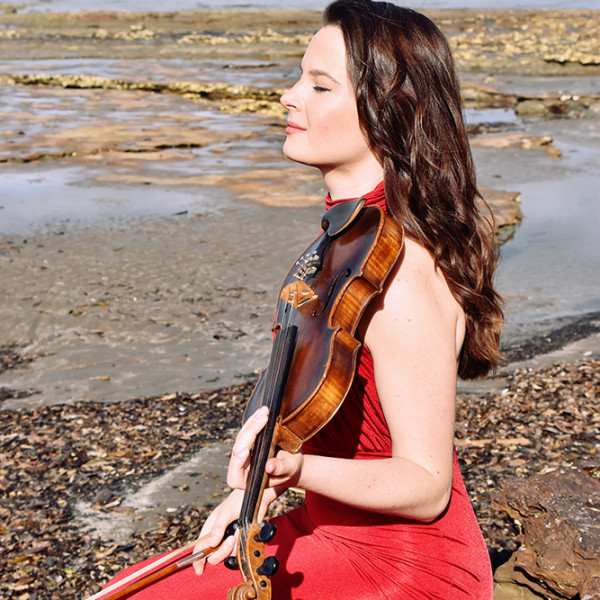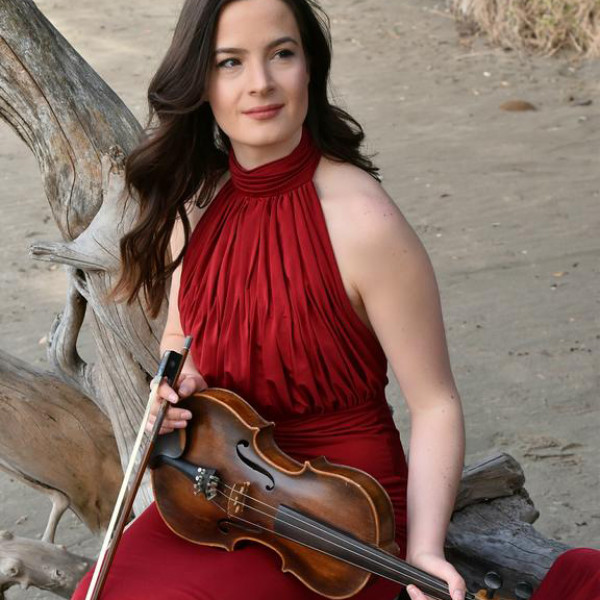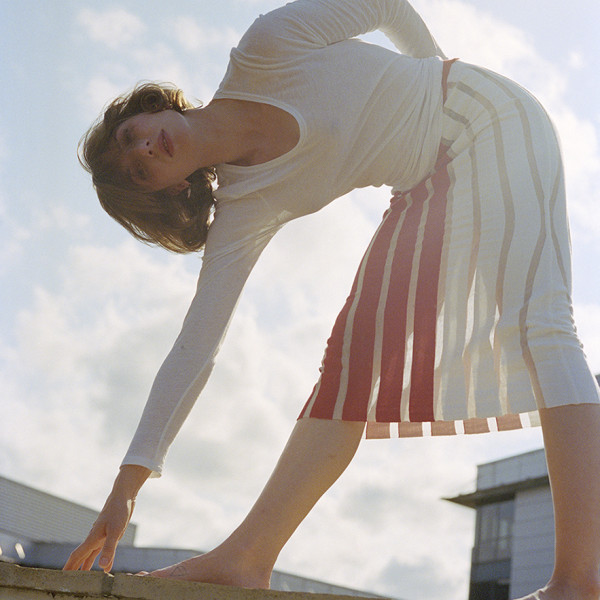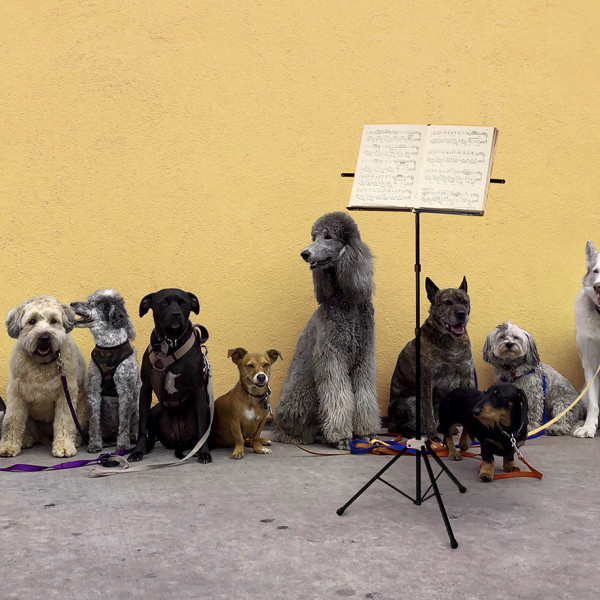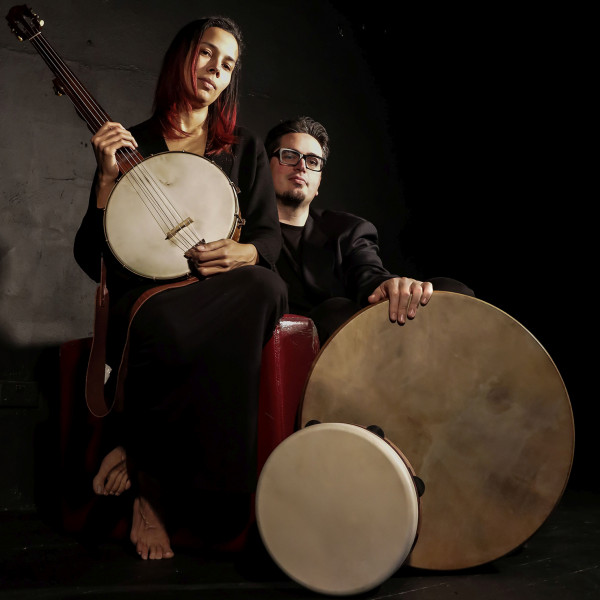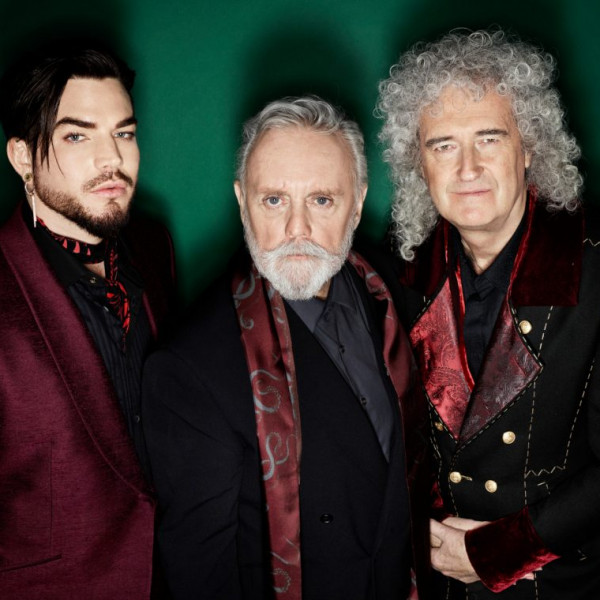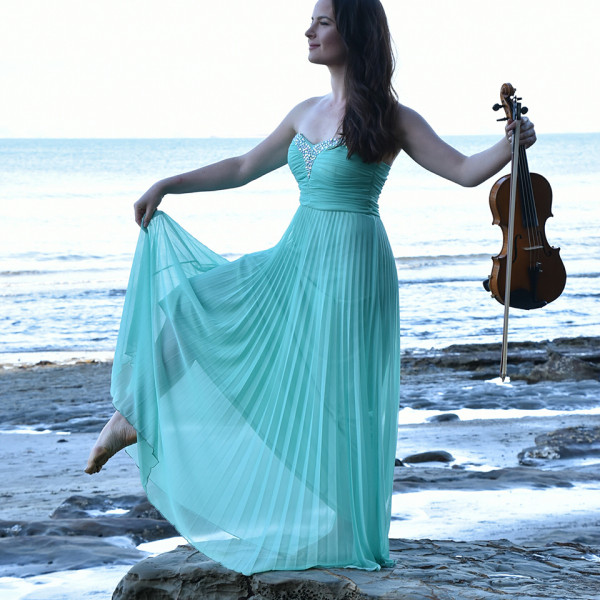
Amalia Hall with Stephen de Pledge
Presented by: Chamber Music New Zealand
Public Trust Hall, 6th Aug 2020
Reviewed by: Dawn Brook
Being able, in this COVID-riven world, to go to a new Wellington chamber music venue and hear two outstanding New Zealand musicians perform an interesting and varied programme is such a privilege.
Each item in this programme was introduced by either Amalia Hall (violin) or Stephen de Pledge (piano), creating an intimacy appropriate to the repertoire and enhanced by the proportions of the new venue.
The programme ranged from the familiar (Beethoven’s Sonata No. 5 in F major, the Spring sonata) to the new (Gao Ping’s Bitter Cold Night), and from the most classical Mozart (Sonata No. 19 in E flat major) to the very French Saint-Saёns (Sonata No. 1 in D minor). As if this were not variety enough, we also got Gershwin’s jazzy and vibrant Three Preludes as arranged by Heifetz.
As de Pledge told us, the programme was intended to be optimistic and joyful. But it was tempered with contemporary reality by the inclusion of Bitter Cold Night. Gao Ping wrote the work in response to the death of Dr Li Wenliang, the COVID-19 virus whistle-blower. It is a bleak piece, sparse and tentative, eerie at times, but with loud and angry eruptions. I felt that the audience held its breath for this wonderful and intense piece.
The partnership between the players showed to great advantage in Beethoven’s sonata, with de Pledge’s robust but intensely musical playing and Hall’s assertive but sweet violin. The third movement in particular was a delight – jaunty, cheeky, and flirtatious. While all the works were demanding, none was more so technically than the Saint-Saёns sonata. Hall said that the last movement meant that neither player had needed to go to the gym for a while. It is fiendish and hectic, with an absolute frenzy of notes requiring intense concentration. They pulled it off perfectly.


